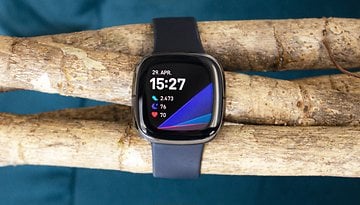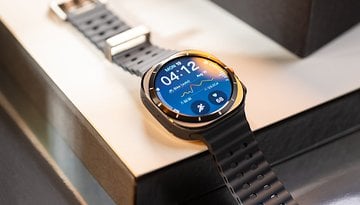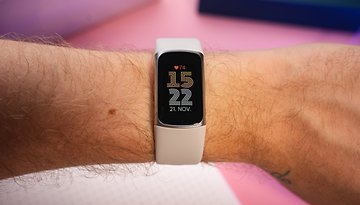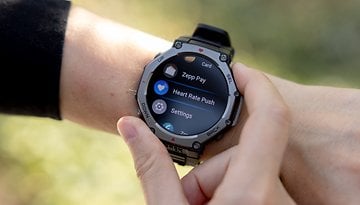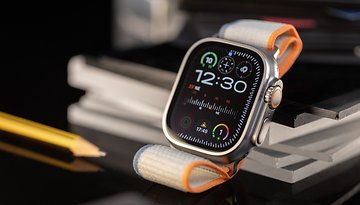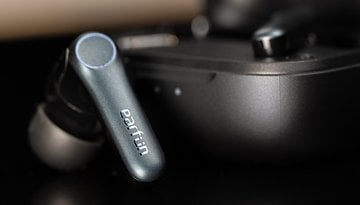Xiaomi Mi Band 6 vs. Mi Band 5: Is it worth upgrading?
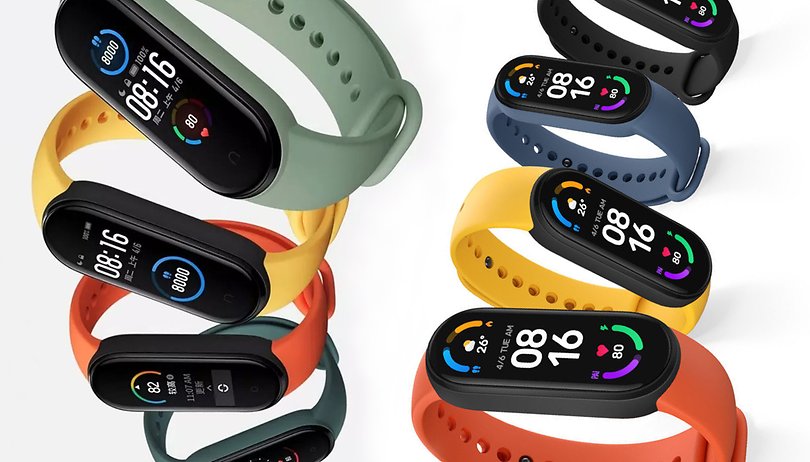

The Xiaomi Mi Band 5 held the crown as the best affordable fitness tracker around, until the Mi Band 6 came along, that is. However, is it so much better that owners of the fifth generation fitness tracker should make a switch? Let's find out in our comparison between the two fitness trackers!
Xiaomi has already developed a huge fanbase when it comes to fitness trackers, and that's completely understandable. After all, the Mi Band meets all of the essential requirements for a fitness wearable at an extremely attractive price point. In this post, we would like to elaborate on how last year's Mi Band 5 compares to the current Mi Band 6.
First things first: plenty of things have remained similar or even identical in terms of function as well as design, and yet the Mi Band 6 does have an ace or two up its sleeves compared to its predecessor. Hence, let us discuss less about their similarities and more about the differences. Before doing so, however, I'd like to refer you to our detailed reviews, in which I took a deep dive at each of the two models individually.
Xiaomi Mi Band 5 review: Top drawer fitness tracker
Xiaomi Mi Band 6 review: The king is dead, long live the king!
Design and handling
In terms of quality, Xiaomi has maintained the high level of workmanship. This was definitely something that I did not expect, honestly speaking. The wristband of the Mi Band 6 continues to be made of silicone, and it feels very comfortable wearing it due to the lightweight nature of the material (approximately 24 grams), making you literally forget that you are wearing the fitness tracker in the first place.
When placed side-by-side, these two models could literally be twins at first glance, as the shape and dimensions have experienced very minimally changes. A positive development from this is the ability to use wristbands from the Mi Band 5 with the Mi Band 6. However, there is one stark difference that has a significant impact on the operation of the fitness tracker - the capacitive button located below has disappeared in the Mi Band 6.
That button was useful to bring the user directly back to the home screen in the predecessor. With the new model, you will only be able to do so through swipe gestures and tapping on the display. It definitely took me some getting used to at first, as I was already so used to the button getting the job done for me.
But once you have warmed up to the Mi Band 6, it won't be too long before you quickly adjust yourself to the change in operation. Therefore, I will not count this charge to be a disadvantage, but an adjustment at most!
Display
Even if you were to mourn this button a little, you should take into consideration as to why Xiaomi decided to do away with it. Xiaomi decided to significantly increase the size of the display from 1.1-inches to 1.56-inches, and the space gained by removing the button allowed it to do so. This isn't just an incremental improvement, but it is very noticeable in everyday use.
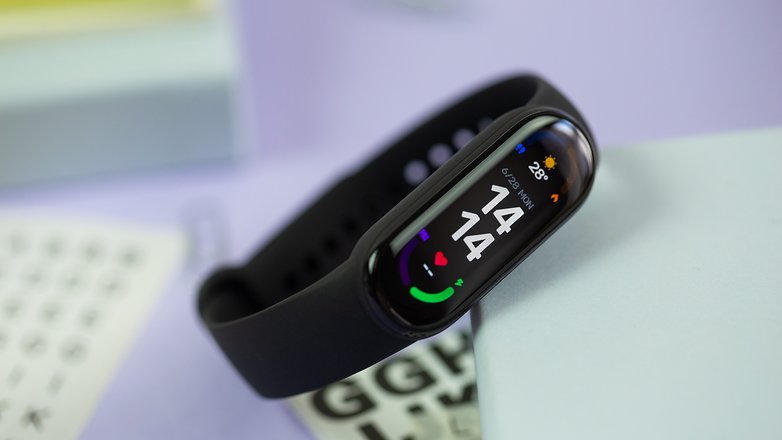
In terms of display brightness, the 450 nits brightness was already perfectly adequate in the Mi Band 5, but the small font made it rather difficult to read everything at times. This situation has been rectified in the successor even though it has an identical level of brightness, as a larger display means better legibility.
In addition, the resolution has been increased from 126 x 294 pixels in the Mi Band 5 to 152 x 486 pixels now. If you actually liked the Mi Band 5 but struggled with the small font like me, you'll definitely be happier by picking up the Mi Band 6.
Sensors and feature set
Let's look at what's changed functionally: Xiaomi has only made minor improvements in this department, with the only totally new addition as the ability to track your blood oxygen saturation (SpO2 measurement) levels. This was a much sought-after feature which is already available in some of its competitors.
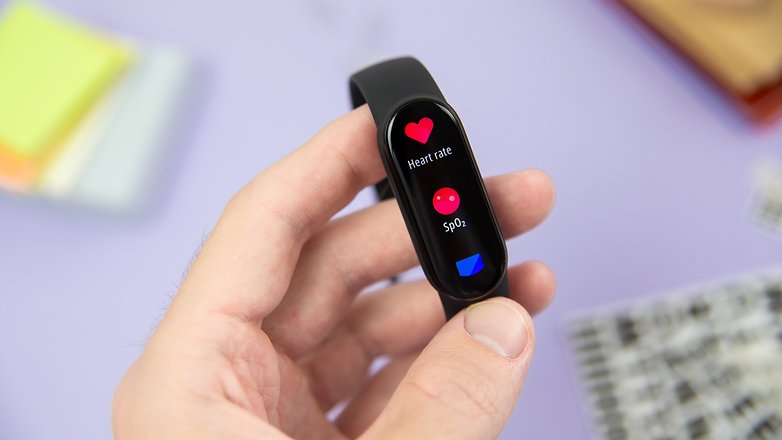
Personally, this oxygen content tracking in one's blood is not particularly important to me, but that's for everyone else to judge. It is important to note that such measurements are generally only suitable as a rough guide and does not replace the accuracy of specialized medical equipment. Values between 80 and 100 percent can be recorded, although normally a value in the high 90s should be recorded - anything less than that and you're in health trouble, buddy.
What else is new? Honestly, not much. You connect the fitness tracker using the Mi Fit app as usual, and it presents largely unchanged visuals. With the Mi Band 5, Xiaomi came up with 11 supported sports modes. In this department, the Chinese tech giant added a few more categories, bringing it up to a grand total of 30 sports modes. There are some sports like basketball or table tennis, with Xiaomi also including fitness and HIIT now, in addition to dance exercises such as Zumba and street dance.
In this department, you will have to decide for yourself if you are already a Mi Band 5 owner. If SpO2 measurement is an absolutely important feature for you, or if your favorite sport is now supported, then it is worth making the switch. Otherwise, the differences are negligible that it would do you no harm at all to stick with the previous year's model.
Is battery life the crucial difference?
Interestingly, one important difference would be an extremely common feature. The battery once again carries the exact same capacity at 125 mAh. With the Mi Band 5, Xiaomi stated that this fitness tracker could last up to 14 days before requiring a charge. However, this was only possible with the Mi Band 5 if you did not use the tracker with all of its features turned on - including receiving every single notification, et al.
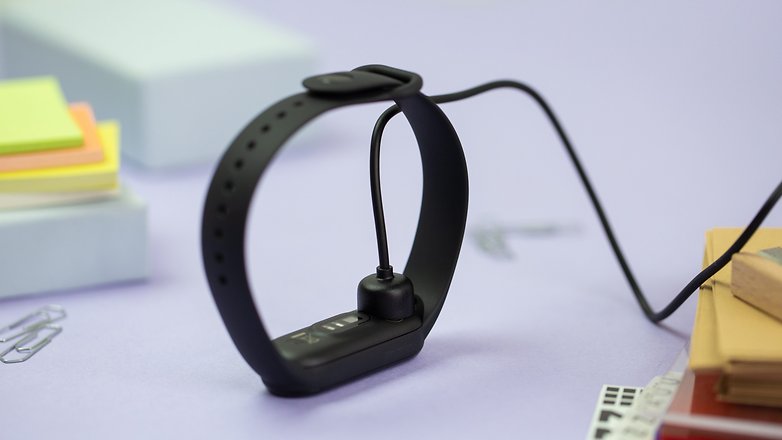
With the Mi Band 6, Xiaomi listed a 14-day battery life once again, but one ought to take into consideration that this is with a display that is 50 percent larger. I was able to achieve about ten days with the Mi Band 5, and between 7 and 8 days with the Mi Band 6.
However, the battery life will obviously depend on the usage pattern of the individual, including the types of functions enabled. With an identical pattern of use, you will have to live with the fact that the Mi Band 6 should run out of juice approximately two days earlier compared to the Mi Band 5.
Personally, I'm less concerned if I have to charge the fitness tracker after eight days instead of ten. But if that plays an important role for you, you should also take that into your upgrade consideration.
Conclusion
Let us summarize this comparison and (hopefully) draw a conclusion. Basically, we know this much: Both models are top class fitness trackers with an attractive price, and therefore you can buy both models without missing a beat. The Mi Band 6, for example, is currently available at Amazon for $44.90.
Its predecessor is already available at Amazon for $10 less at $33.54.
Of course, you'll also have to decide for yourself whether this tiny price difference is important to you when buying a new device. SpO2 measurement and the additional sports modes could tip the balance in favor of the newer device here. Personally, I feel that the significantly larger display alone would be enough for me to pick up the Mi Band 6.
As for the battery life, the Mi Band 5's longevity could swing the pendulum back in its favor, just like the presence of a capacitive button. Once again, it is my personal opinion: Both are not so important for me that I would prefer the Mi Band 5 to the Mi Band 6.
But is it worth upgrading now?
As for those who already own the Mi Band 5, what now? Unless you have issues with the smaller font and see no added value in measuring your blood oxygen saturation, there aren't really many reasons to upgrade. Some omissions such as missing GPS, NFC only in the Chinese version, remain, so in that case it's best to just wait for the Mi Band 7.
- Also read: The best fitness trackers compared
You can already see that the decision for one of the two fitness trackers is very much related to personal use. It therefore makes plenty of sense for us to ask you how would you decide.






